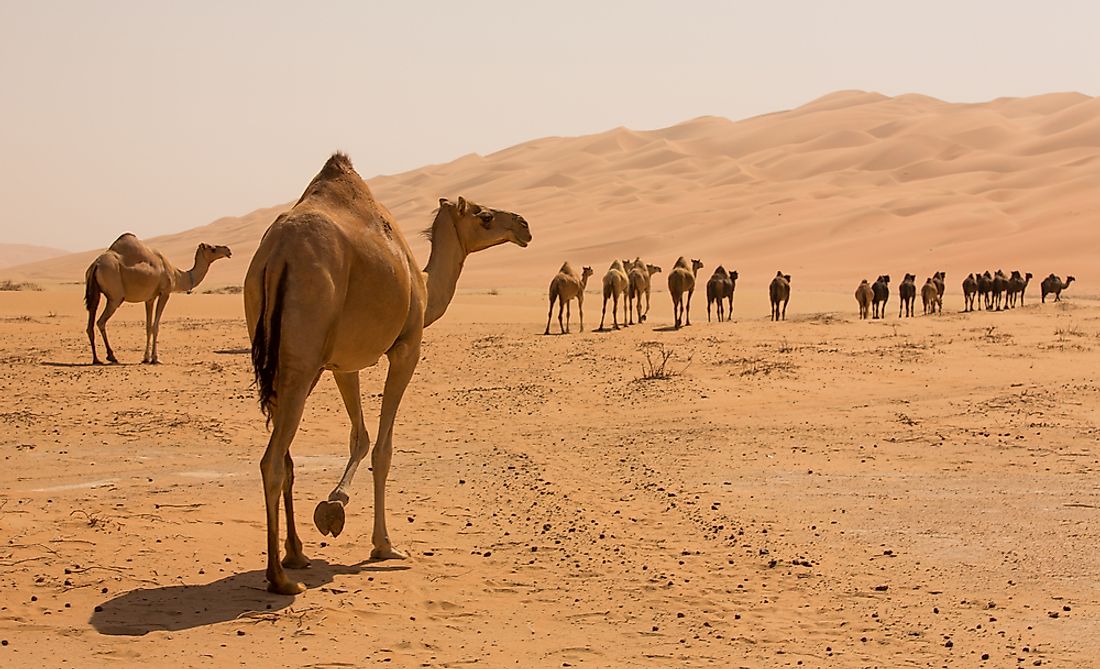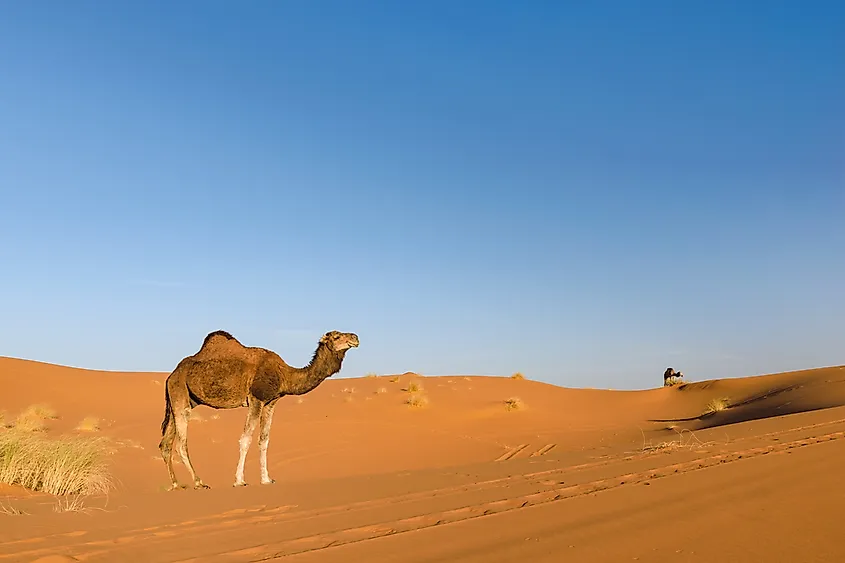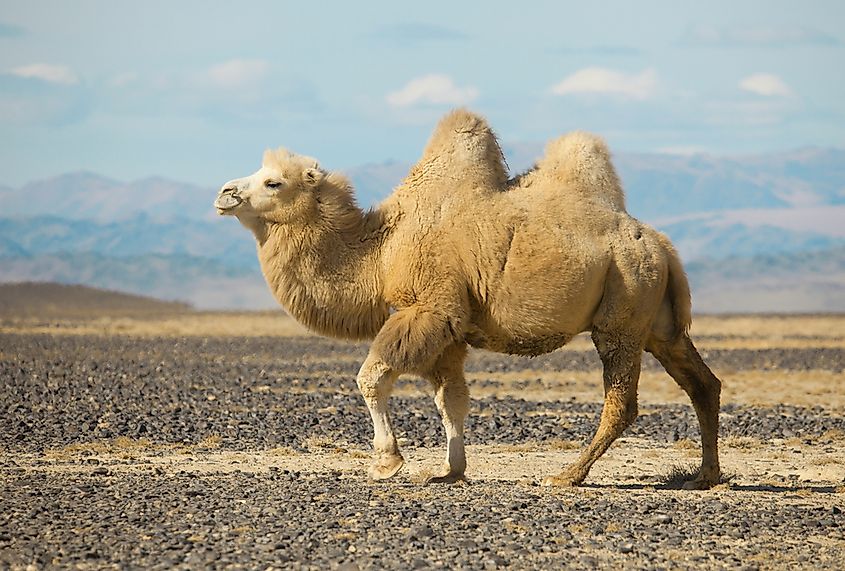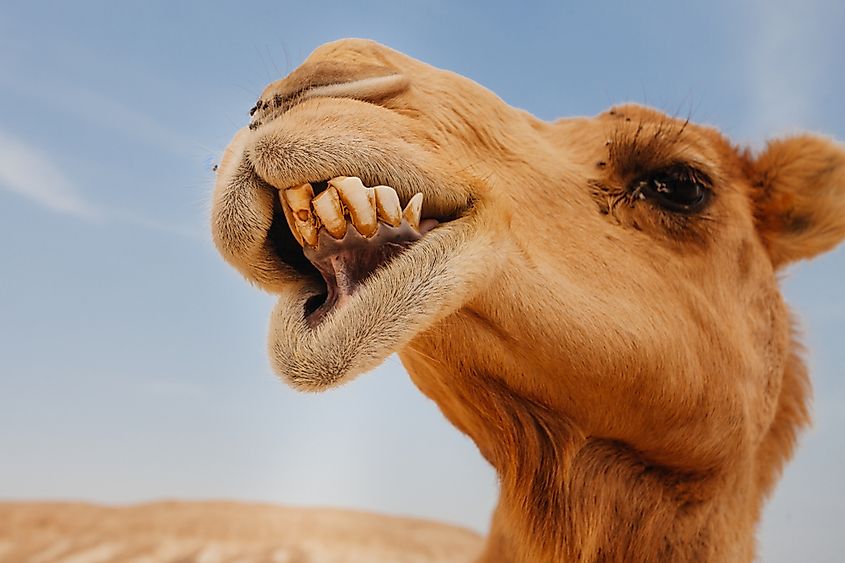10 Interesting Facts About Camels

Camels are domestic animals that have hoofs founds in Asia and Africa. They often live in desert or semi-desert regions. Nomads keep camels for their milk and meat which they consume to survive. The camels also help in transport from one place to another in search of pasture for the pastoralist communities. Here are some interesting facts about camels.
They can go for weeks without drinking water
The ability of the camels to stay for weeks without having to drink water led to them being nicknamed “ships of the desert.” More specifically, during winter, these desert animals can survive for 6-7 months without water. Nonetheless, whenever they access to water they can drink as much as 32 gallons in one drinking session!
They store fat in parts of their bodies known as humps
Camels possess either one or two humps that are located on their backs. These humps exist for purposes of storing fats that the camels utilize for nourishment during the famine. Lack of food for a long time triggers the camel’s body to metabolize the fat into a form that can be used for nutrition purposes. As this fat is used by the camel, the hump deflates and droops until it can be refilled with more fat.
They can live for about 40 years
The life span of camels is 40 years. The young ones are born white in complexion. However, as they keep growing they grow brown skin.
Humps act as heat regulators for camels
During high temperatures in the desert, fatty acids stored within the camels’ humps minimize heat insulation leading to rising in the body temperatures to equal that of the environment. Conversely, at night excess heat moves to the rest of the camel’s body to ensure its temperature is not too low compared to that of the environment.
Camel milk is among the healthiest milk in the world
Slightly low in total fat and saturated fat compared to cow milk. It also possesses sufficient amounts of iron and vitamin C. Nutritionists state that camel milk has the ability to improve a person’s immune system, stimulates blood circulation, prevents diabetes, and improves the health of the heart.
There are two types of camels: dromedary and Bactrian

Dromedary camels possess only one hump whereas the double-humped camels are known as Bactrians. Majority of the camels on earth are dromedaries, which are also called the Arabian camel. The Bactrian camels can further be divided into wild and domesticated ones.

Camels have thick lips

These lips are essential in searching for food and feeding on vegetation such as salty plants and thorny plants. Like cows, camels are ruminant animals.
Camels can sit comfortably on the hot sand
Camels have a thick layer of skin which makes it possible for them to sit on the hot sand without being burned.
The gestation period of camels is 14 months
Camels carry their young ones for 14 months prior to giving birth. This gestation period is 5 months more than the human gestation period of 9 months. Interestingly, a newly born camel is able to walk alongside the mother within half an hour of their birth.
Camels are relatively fast in their movement
Camels can run as fast as 65 kilometers per hour and sustain a walking speed of 40 kilometers per hour. This speed is quite fast compared to the human speed of 3.1 meters per hour and a cow’s speed of 4.5 kilometers per hour.











